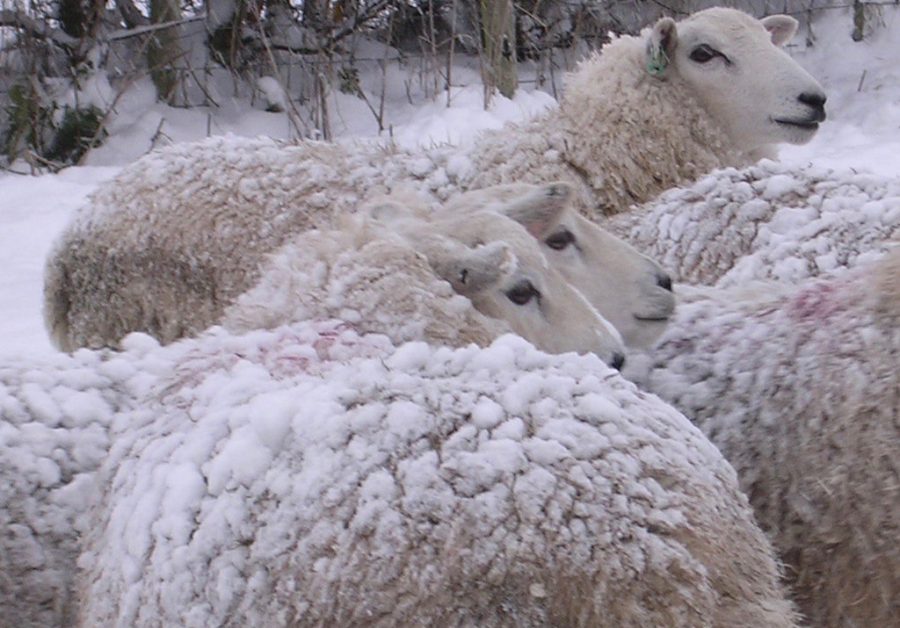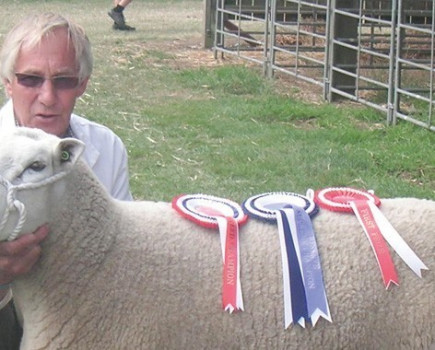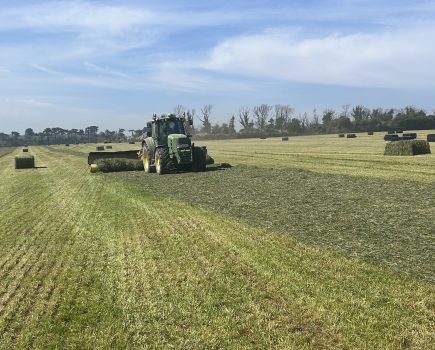Welcome to 2024, with very best wishes to all for both a happy and prosperous New Year. Sadly the former is probably more realistic than the latter, but there is nothing wrong with hoping.
Just where did 2023 go? It certainly does not seem like 12 months ago that I was writing copy for the January 2023 edition of South East Farmer. Everyone says that it is sign of getting older, but I’m not convinced. I suspect that the very variable weather of last year has something to do with it; seasons were just not what they should have been, nor where. We had no proper summer and the beginning of autumn was both hot and incredibly dry, more like July. For us at least in north west Kent the autumn flush of grass never did materialise; weather wise, 2023 certainly proved to be a rather interesting and challenging year. It would be nice to think that we might be able to look forward to a ‘normal’ 2024, but I’m not sure that anyone is able to define just what normal is any more.
Nevertheless, in spite of the vagaries of the British weather, particularly the somewhat difficult late summer and early autumn, our ewes have entered the winter in remarkably good condition, very much better than I expected, with a few just pushing the top end of the optimum body condition score (BCS).
Everything about the weather and its impact on grass growth says that they should have struggled more; I’m pleased that they didn’t, but there is something just a bit odd going on. It is something that I and, to be fair, others, have noted on a number of occasions in previous years; that sheep, or certainly our sheep, respond to a challenge. They seem to have the ability to up a gear in terms of efficiency. It may be a breed effect or a strain within a breed; I’m fairly sure that not all breeds have the same level of resilience or will respond to challenging conditions in quite the same way.
Our sheep are certainly not spoilt. They may get a bit of hard feed from time to time, but that tends to be strategic in response to particular conditions; we do run on a limited area of permanent pasture on poor and shallow soils, with the added issue of a fairly solid layer of ironstone just 12 to 14 inches below the surface. Grass growth, quality and availability can present a significant issue in certain weather conditions; as a result a bit of hard feed is our equivalent of buying in a bit more grazing.
Close monitoring of BCS certainly helps to monitor how well they are coping and on occasions I know that we have challenged them a little too much. I am, however, confident that by regular challenges I have been able to produce more efficient ewes, and although it has been the phenotype that has been tested there has been an impact in terms of how various genes have been expressed, changes that certainly seem to have been passed onto subsequent generations; epigenetics in action.
It is a policy that has also had a significant impact on tightening up lambing; by applying a selection preference (not a rigid criteria) for replacements from the most precocious and fecund ewes, we have managed to reduce the duration of lambing for the Llleyn from an average of 23 days between 1916 and 1918 to less than 20 days for the past five years, with no empties for the past four years. Lambing outside, this tightening up has proved useful and makes management for the rest of the season somewhat easier and straightforward; something of course that, realistically, is only achievable with a closed flock.
This autumn all the Lleyn ewes went to the tup in less than a fortnight and no returns. Ordinarily I would pull the tups out after 21 days, but with such a quick take I left them in for an extra 10 days, so it’s finger crossed now that they have all held, but who knows? Sheep being sheep, of course, it could easily all fall apart this season, but I hope that my relative confidence is deserved and that they don’t let me down. The Herdwick, of course, are a law unto themselves, however. They will do what they do, but should commence lambing about a week after the Lleyn have done. That said, in spite of being slow to get going, they do, once they get started, tend just to get on with things fairly rapidly.
My apologies for part of last month’s Sheep Topics. Things got a bit muddled in the editing (my editing); it was, of course, Neolithic migrants that first brought agriculture and sheep to Britain’s shores. The Celts arrived some 3,000 years later, not that they didn’t make some contribution to our, by then, native sheep population; the Celtic sheep were basically the same as the initial introductions, but several thousand years of separate breeding did mean that they represented a significant infusion of fresh genetic material, which would have had considerable benefits.
Further apologies to Norfolk Horn breeders. I did say that the black-faced sheep introduced by the Saxons made little contribution to British sheep breeds, forgetting that they were almost certainly the antecedents of the Norfolk Horn, now a rare breed but without which we would not have the Suffolk. In my favour, however, due to the close proximity of the Saxon homeland to the Vikings, they were probably very similar, if not the same type of sheep as those that were introduced later by Viking settlers.
Happy New Year to one and all. May your lambings be a success and your sheep thrive.







